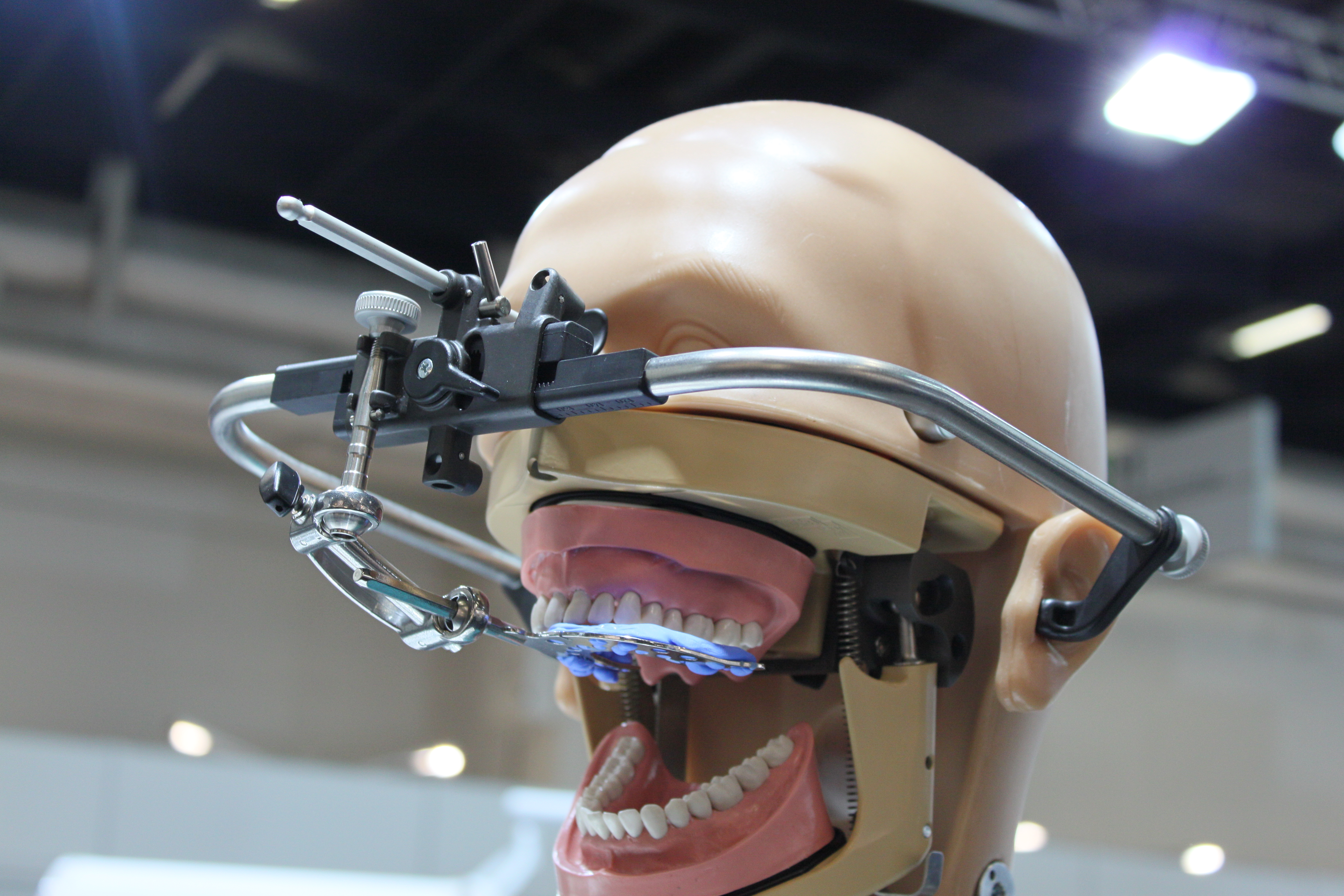
"They lack the ability to process all that information in real time and then intelligently act on the results." (Image by Bin im Garten.)
From “Autonomous Robots in the Fog of War,” Lori G. Weiss’ new IEEE Spectrum report about the future of robotic warfare, which may be more in the distance than in the offing:
“So why haven’t we seen a fully autonomous robot that can sense for itself, decide for itself, and seamlessly interact with people and other machines? Unmanned systems still fall short in three key areas: sensing, testing, and interoperability. Although the most advanced robots these days may gather data from an expansive array of cameras, microphones, and other sensors, they lack the ability to process all that information in real time and then intelligently act on the results. Likewise, testing poses a problem, because there is no accepted way to subject an autonomous system to every conceivable situation it might encounter in the real world. And interoperability becomes an issue when robots of different types must interact; even more difficult is getting manned and unmanned systems to interact.
To appreciate the enormous challenge of robotic sensing, consider this factoid, reported last year in The Economist: ‘During 2009, American drone aircraft…sent back 24 years’ worth of video footage. New models…will provide ten times as many data streams…and those in 2011 will produce 30 times as many.’ It’s statistics such as those that once prompted colleagues of mine to print up lanyards that read ‘It’s the Sensor, Stupid.'”
••••••••••
BigDog, from the good people at Boston Dynamics:
Tags: Lori G. Weiss
